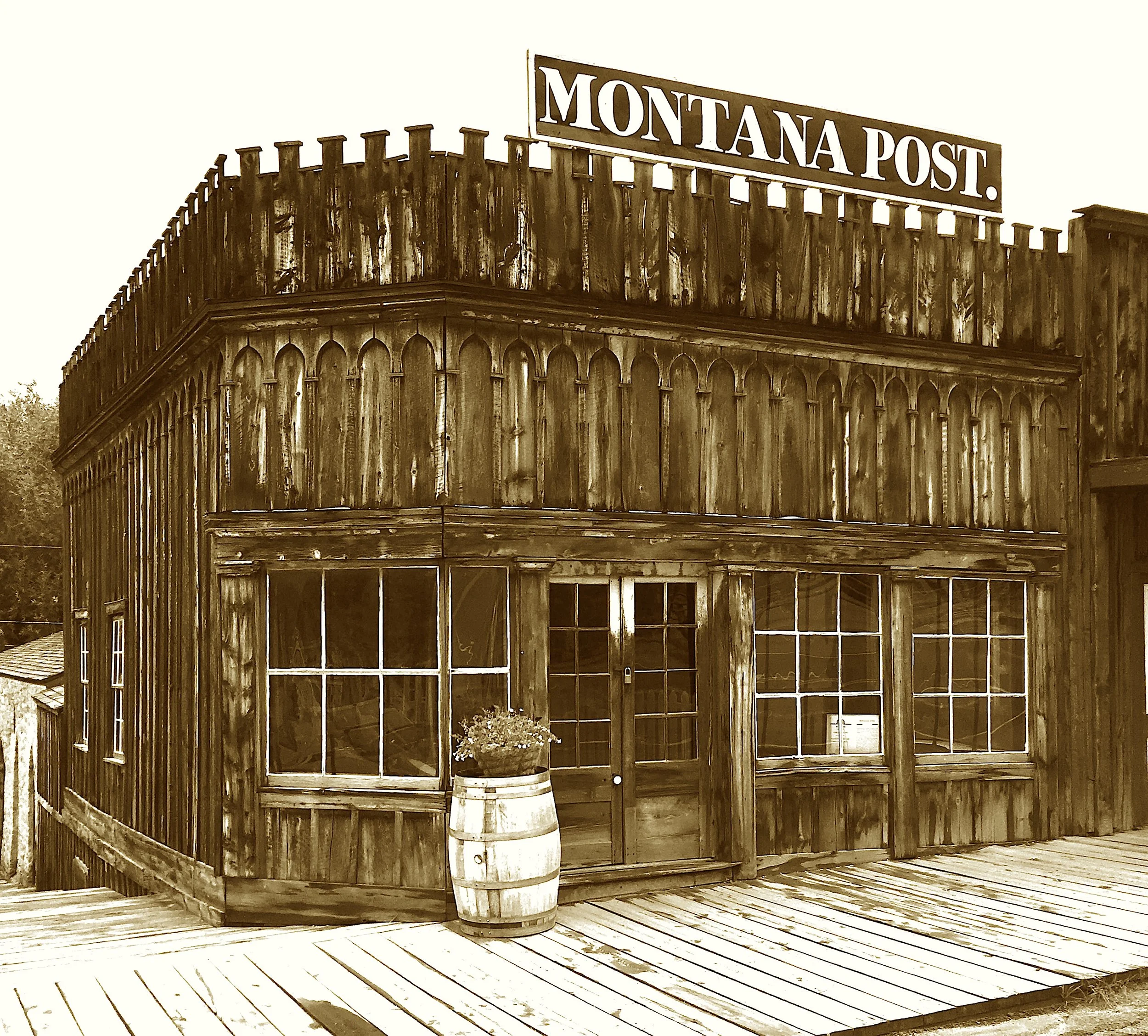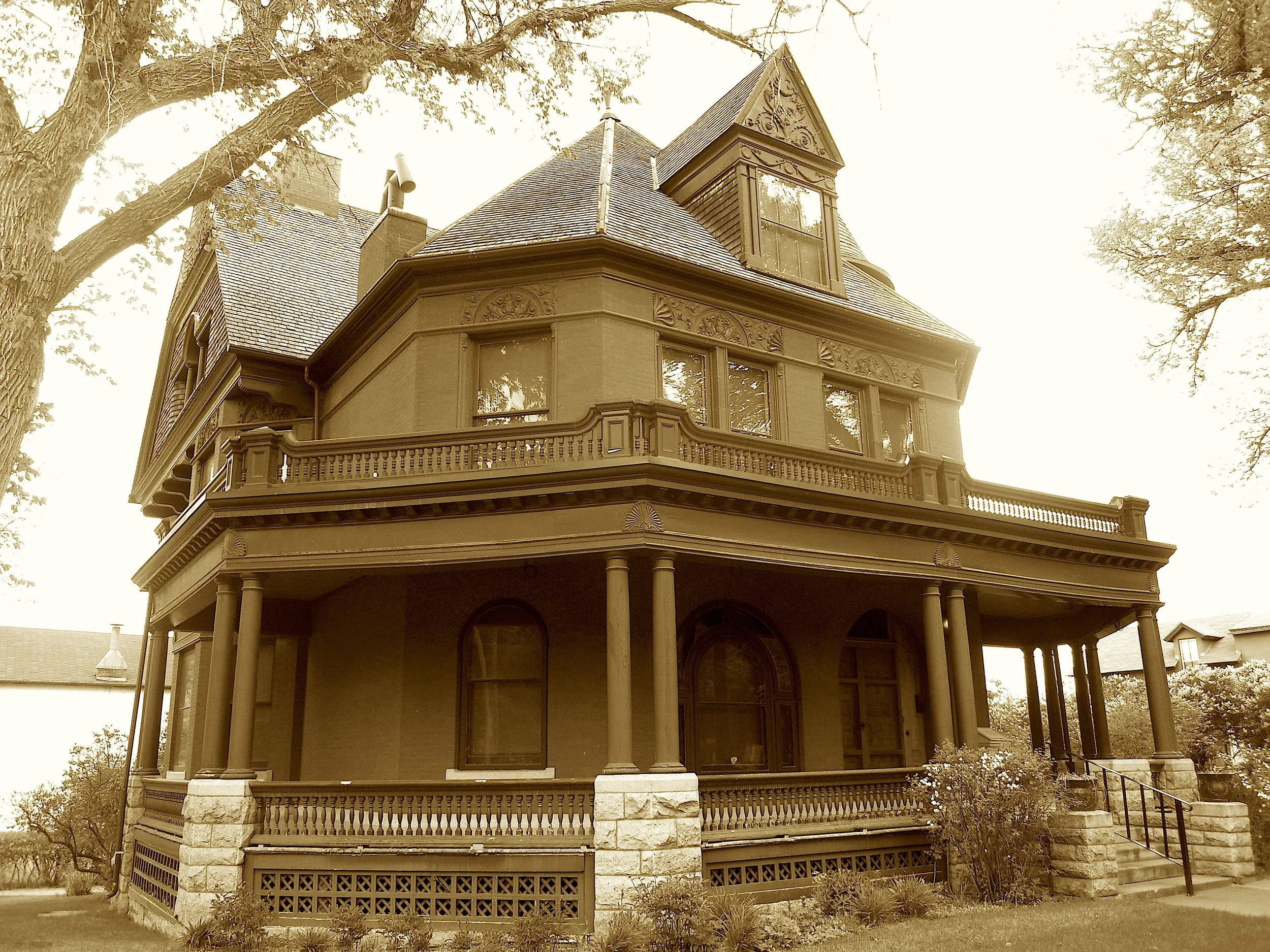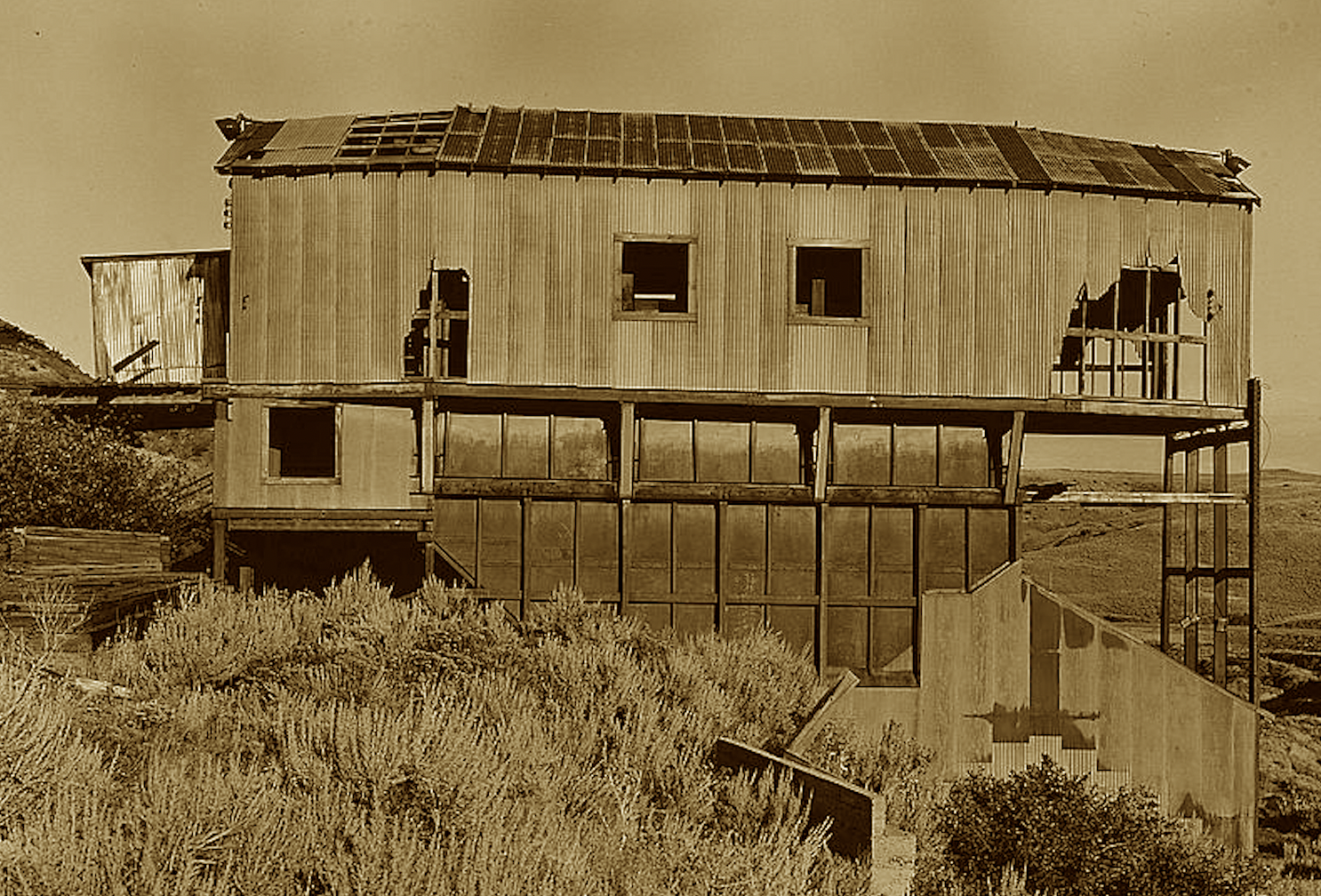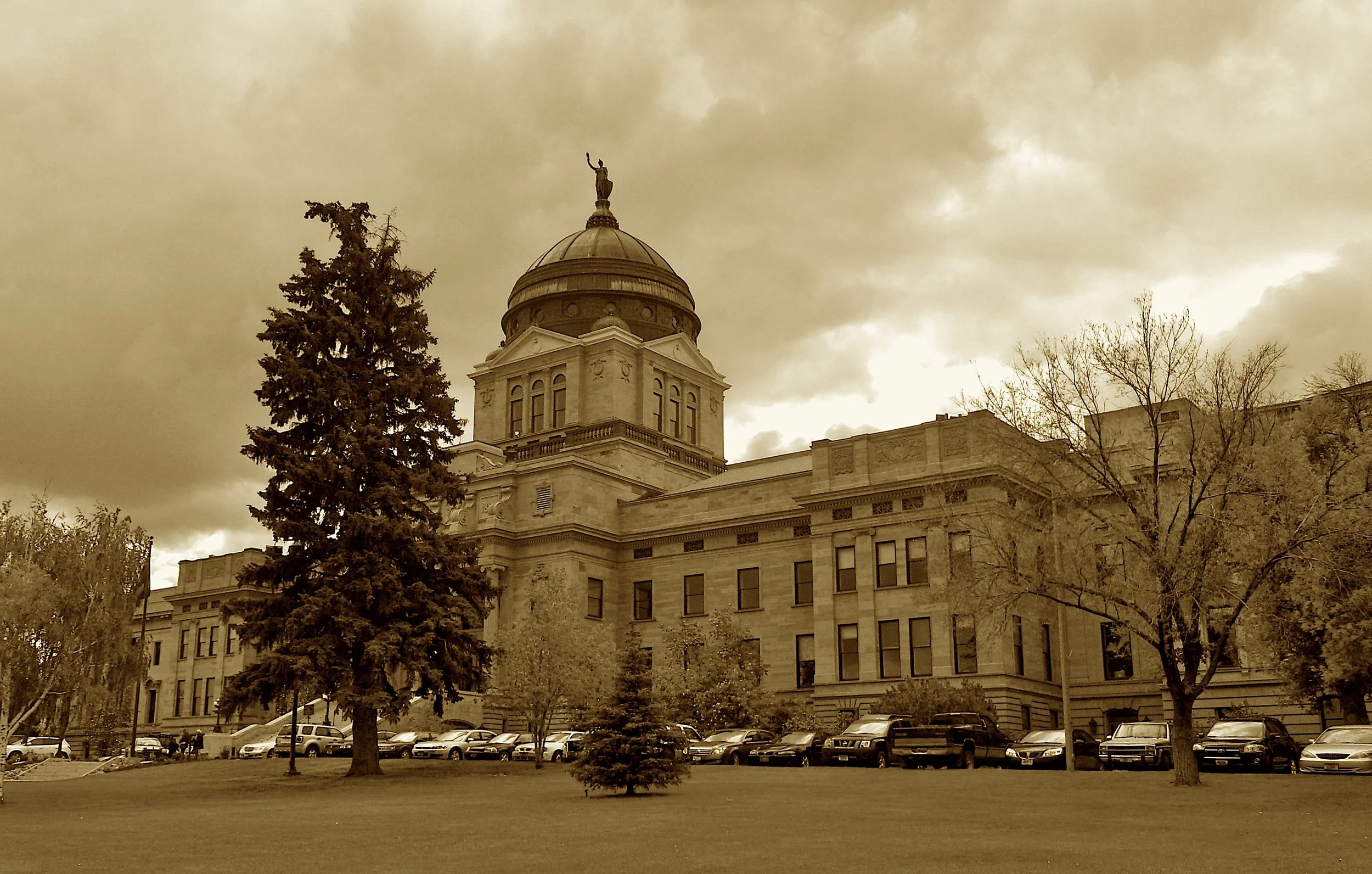
Montana Scavenger Hunt
Montana may take its name from mountains, but it is the space between them that captures the imagination. The Big Sky State is a land of scale—where the horizons stretch beyond reckoning, the rivers carve out poetry in motion, and the silence can be as rich and textured as any song. Beneath those skies lies a layered history, one etched in sediment and spirit, from Ice Age bison kills to Cold War radar domes, from glacial valleys to copper pits a mile wide.
Here, ancient peoples charted stars and trails across the Northern Plains long before Lewis and Clark followed rivers west. Railroad titans like James J. Hill carved steel arteries into the wilderness, stitching together frontier towns whose stories still echo in wooden grain elevators and log cabins built by the Civilian Conservation Corps. Montana’s industrial might—led by Butte, “the Richest Hill on Earth”—once powered a nation with copper and coal. But its soul never strayed far from the land, whether preserved in the wild majesty of Glacier National Park or nurtured in the architectural humility of an Art Deco bus depot, a round barn on the prairie, or a mimetic coffee pot perched along the roadside.
Montana's people have always had a frontier sense of ingenuity. The state’s pioneering aviators, “smokejumpers,” skiers, students, and stonemasons have all shaped a narrative that’s as resilient as the bison that roam its preserves. This hunt takes you not just to scenic overlooks or historic main streets, but to the forgotten corners and backroad wonders that define Montana’s identity—rustic, bold, quietly innovative, and fiercely proud. This is a place where the sky isn’t the limit, but the canvas.
The photos and stories collected here are a fast and fun way to learn the explanations behind the quirks, the traditions and the secrets that make Montana uniquely Montana. Why was the construction of a federal prison in Deer Lodge so unusual? Solved. Why is 3% of Yellowstone National Park in Montana? A mystery no more. What Montana town was called “the world’s most inland port?” Identified. What building has been called “the most important building in Montana from a historical perspective?” Revealed. Was Thomas Meagher’s fall to his death in the Missouri River an accident? No one knows.

A turreted home on Millionaire’s Row, Once fit for a Chessman with gold in tow. Later nine governors took up the lease, Till a modernist mansion brought their release. Red brick and terra cotta shine bright, Where old Montana power spent the night.

An arch of stone so bold and high, Framed Yellowstone beneath the sky. With Roosevelt to lay its base, It marked the park with stately grace. Though roads moved on and gates now stray, The arch still greets the old-time way.

A coal seam deep, a warning missed, Then fire roared in smoke and hissed. The mountain shook, the shaft went black— And seventy souls did not come back. Their memory haunts the hillside still, A ghostly hush on Bearcreek hill.

A dome arose from much debate, As seven cities vied for state. With sandstone blocks and halls that gleam, It held a quarrelsome dream. But now Montana’s House stands proud— With copper dome above the crowd.

Where Clark, the Copper King, held court, In rooms where lavish dreams cavort. Each space a wood of foreign tree, Each dollar spent a legacy. Come wander halls of gilded gleam— A mansion born of copper dream.

When cars first crossed the muddy land, This trail-side inn lent helping hand. The Yellowstone Trail once buzzed with cheer— And travelers parked and rested here. Though roads got numbers, signs fell down, The Kempton still grins through the town.